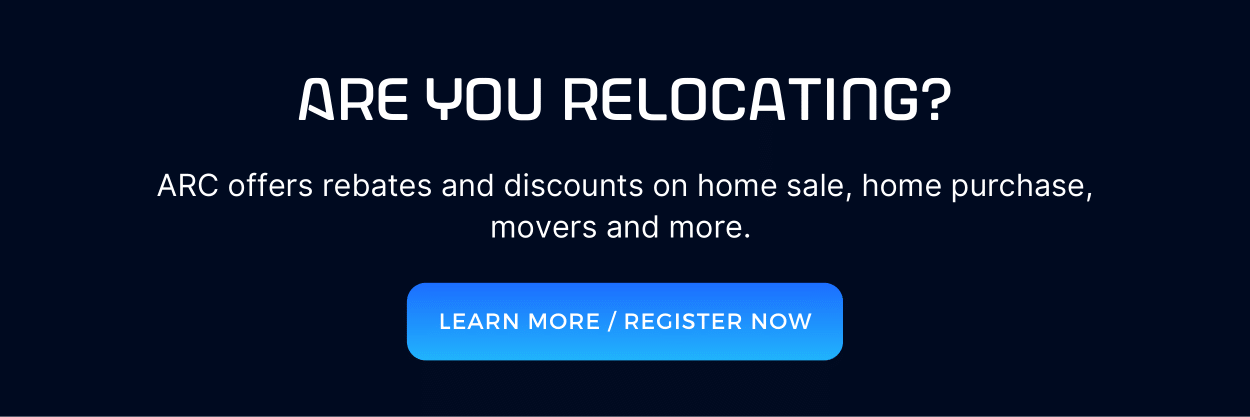Relocation Assistance Programs: Making Your Move Simple and Affordable
No matter what the reason behind moving is, one thing is for sure. It is an expensive process. Taking support of relocation assistance programs is a good way of reducing the financial strain associated with moving. Let’s look into the various features of relocation assistance programs and their benefits.
What is a Relocation Assistance Program?
The purpose of a relocation assistance program is to provide financial assistance to individuals and families to cover moving expenses. The exact benefits of the program can vary and can be offered in the form of grants, reimbursements, or direct support services.
Relocation assistance can be through a government relocation assistance program, nonprofit organizations, or employers. These programs can help low-income families, veterans, and the homeless to move to more affordable residential areas. Military members can also get support from a military relocation professional for relocation.
Work-related relocation assistance is provided by a company to help employees move and settle down in a new city or state in order to work. For any company looking for qualified employees from beyond its geographical location, an attractive relocation package is a great way to entice the best candidates.
What Does a Relocation Assistance Program Include?
The exact components of a relocation package can vary and there are multiple approaches based on specific requirements. Some of the standard aspects of local and out-of-state employee relocation assistance programs include the following.
Relocation Reimbursement
The average cost for a long-distance move for a two-bedroom home can be as high as $9000. So, companies offer financial reimbursement to cover the packing service, transportation, and mover’s insurance for relocating household goods. Some companies pay a lump sum upfront, while others reimburse the expenses after the employee submits an expense report.
Temporary Housing
The company can arrange or provide funding for temporary housing in the new location for the employee. The employee can use this service for a few months and avoid hotel expenses. At the same time, the company also pays for at least one house-hunting trip in the new location.
Flexible Start Date
A new employee moving to a different location can be given a longer period of time to start working after accepting the job offer. HR professionals often discuss the time frame with the employee to give them sufficient time to get established in the new location.
Familial Support
In some cases, the company can extend help to the employee’s family to ensure that the employee has the necessary family support in the new location. This can involve helping the spouse of the employee find employment and providing child care services.
Home-selling Assistance
The company can cover the costs associated with the process of selling the employee’s current home. These include advertising expenses and brokerage fees related to the selling process.
Who Qualifies for Relocation Assistance?
Most companies have fixed eligibility parameters for relocation assistance. The eligibility for a relocation assistance program depends on the employee’s location, employment status, position, financial needs, and special circumstances. Check your employment contract to find out if you are eligible for relocation.
Keep in mind, the eligibility for relocation assistance programs depends on the company. For example, a company can specify that only employees being reassigned to a new work location more than 50 miles away are eligible.
For government relocation assistance programs, families and individuals with limited financial resources are considered a priority. Some programs may provide relocation assistance for natural disaster victims, refugees, unhoused veterans, and domestic violence victims. State laws and local laws can also determine eligibility for some low-income relocation assistance programs.
You can check the US government’s Benefit Finder tool to determine if you qualify for specific programs.
Examples of Federal Relocation Assistance Programs
Here is a quick look at some popular Federal Relocation Assistance programs.
Emergency Solutions Grant (ESG)
The goal of the federal ESG program is to provide support to homeless families in finding homes and to provide emergency shelters. The program is supported by funding from the U.S. Department of Housing and Urban Development (HUD).
Good Neighbor Next Door (GNND) Program
The GNND program aims to provide affordable homeownership opportunities for public servants. These include law enforcement officers, firefighters, teachers, and emergency medical technicians. They are given a 50-percent discount on properties located in “revitalization areas”. However, the buyers are responsible for paying the closing costs and broker fees.
Housing Choice Voucher (HCV) Program
This federal housing program assists low-income families, the elderly, and people with
disabilities to find safe rental housing options. The families receive a “voucher” that can be used to rent any housing that meets the HCV criteria. Over 2.1 million households across the US have benefitted from this program.
Individuals and Households Program (IHP)
The IHP helps families and individuals affected by natural disasters by providing emergency relocation assistance. The service includes financial assistance for temporary housing, repairing the occupied home, and meeting uninsured or under-insured expenses related to the disaster. In all cases, the original home should be unlivable or inaccessible.
Final Thoughts
Admittedly, moving is a complex process. However, if you have financial limitations, there are support systems to help you move into a new home. Since the eligibility criteria for these relocation assistance programs vary, you need to research the best option that helps you to cut costs.
In addition to that, you can check out relator rebates and ways to save on a house down payment. Thoughtful planning and proper execution of the same can bring down the costs of moving significantly.
Lastly, choosing the right relocation software can help in making the entire relocation process hassle-free. With the support of the right software, managing and tracking the complex relocation process is no longer an issue.
